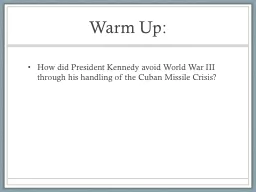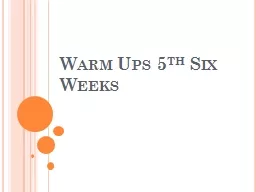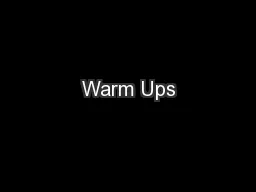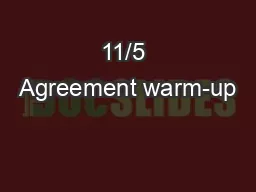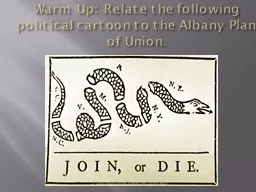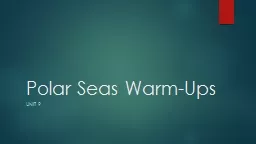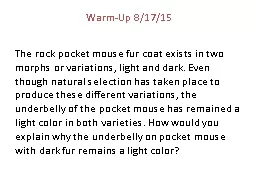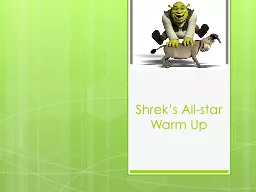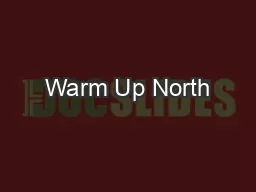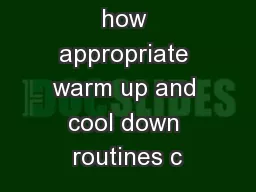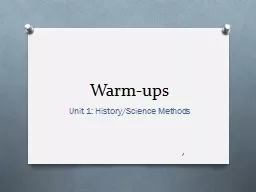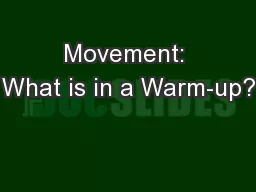PPT-Warm Up:
Author : lois-ondreau | Published Date : 2018-01-19
How did President Kennedy avoid World War III through his handling of the Cuban Missile Crisis Warm Up Is it ok for one country to get involved in the civil war
Presentation Embed Code
Download Presentation
Download Presentation The PPT/PDF document "Warm Up:" is the property of its rightful owner. Permission is granted to download and print the materials on this website for personal, non-commercial use only, and to display it on your personal computer provided you do not modify the materials and that you retain all copyright notices contained in the materials. By downloading content from our website, you accept the terms of this agreement.
Warm Up:: Transcript
Download Rules Of Document
"Warm Up:"The content belongs to its owner. You may download and print it for personal use, without modification, and keep all copyright notices. By downloading, you agree to these terms.
Related Documents

